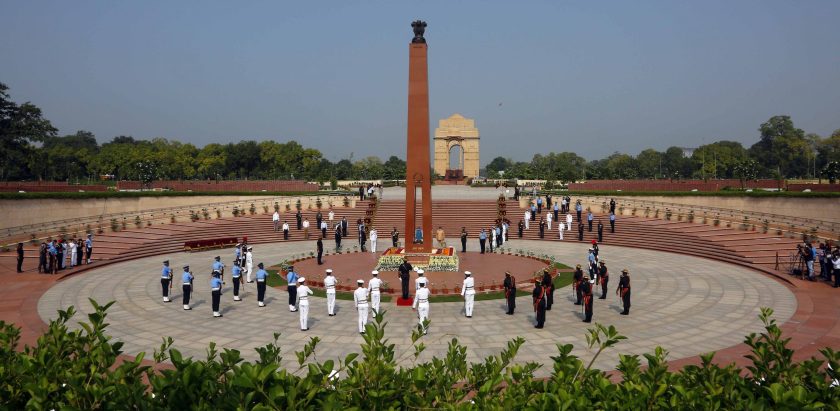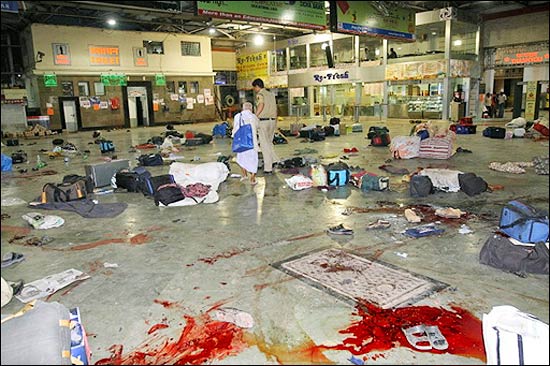Olivia De Havilland passed away in Paris on July 25, 2020, at the ripe old age of 104-years. She was one of the legends of the Golden Age of Hollywood and also the oldest living Academy Awards winner until last week.
De Havilland was born on July 1, 1916, in Tokyo, Japan, to British parents. Nicknamed Livvie, she was trained in music, dance and participated in dramas from a very young age. De Havilland career in show business spanned over 53-years starting with 1935 “Alibi Ike,” and went on to feature in 49 films apart from appearing in 12, television movies & series.
Though she first featured in a lead role in the 1937 comedy film “Call It a Day,” she came into limelight with Victor Fleming’s “Gone with The Wind,” as Melanie Hamilton, for which she earned her first of five Academy Award nominations. She earned her first of two Best Actress Oscars, for her portrayal of unwed mother in the 1946 romantic drama film “To Each His Own,” and the other for “The Heiress.” She put an end to her film career with the 1979 film “The Fifth Musketeers,” though she continued to appear in television.
The television movie “The Women He Loved,” in 1988, was her last screen appearance. In 2003, De Havilland made special appearance as a presenter at the 75th Annual Academy Awards and received a six-and-a-half-minute standing ovation.
She appeared in number of memorable films as “Captain Blood,” “Anthony Adverse,” “The Charge of the Light Brigade,” “The Great Garrick,” “The Adventure of Robin Hood,” “Dodge City,” and “They Died with Their Boots On,” to name a few. She had a romantic angle in co-starring with Errol Flynn, her heartthrob with whom she had paired in eight films.
De Havilland is the first female president of the jury at the Cannes Film Festival in 1965 and recipient of highest French order, the Chevalier of the Legion d’honneur in 2010. Earlier in 2008, she was awarded with highest honor for artist the National Medal of Arts by the United States and decorated by the British government as Dame Commander of the Order of the British Empire in 2017.
She was instrumental in getting greater creative freedom for the artist with her legal victory over Warner Bros., in 1944, which has come to be known as De Havilland Law. Her lifetime contribution to the motion picture industry and art is best exemplified with Hollywood Walk of Fame and honorary doctorate from the University of Hertfordshire.
May her soul rest in peace with her graceful performances ever fresh in our memory.








